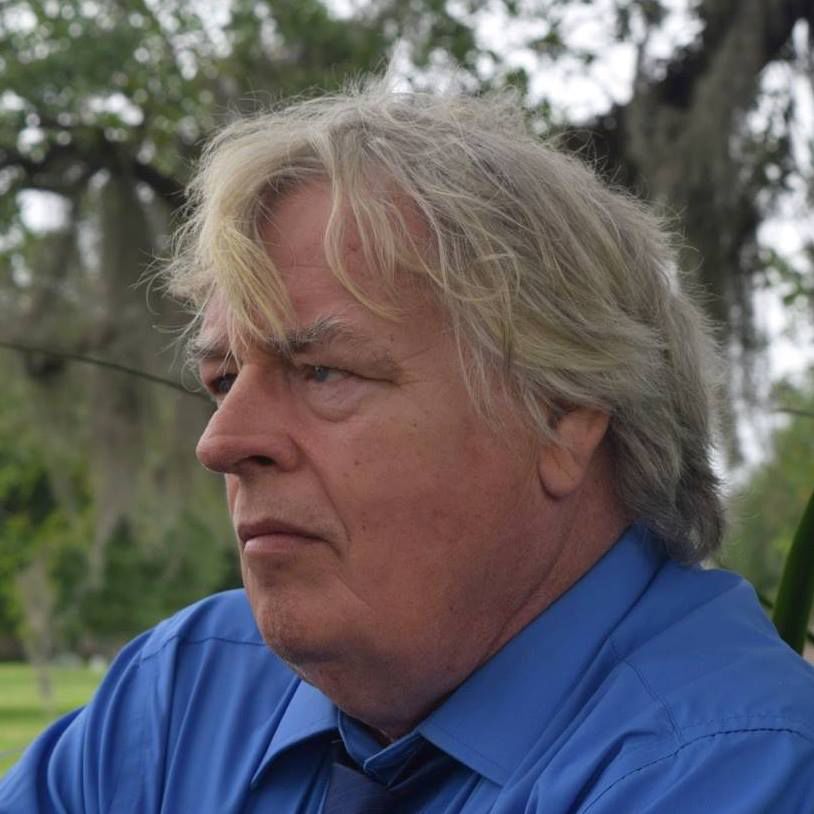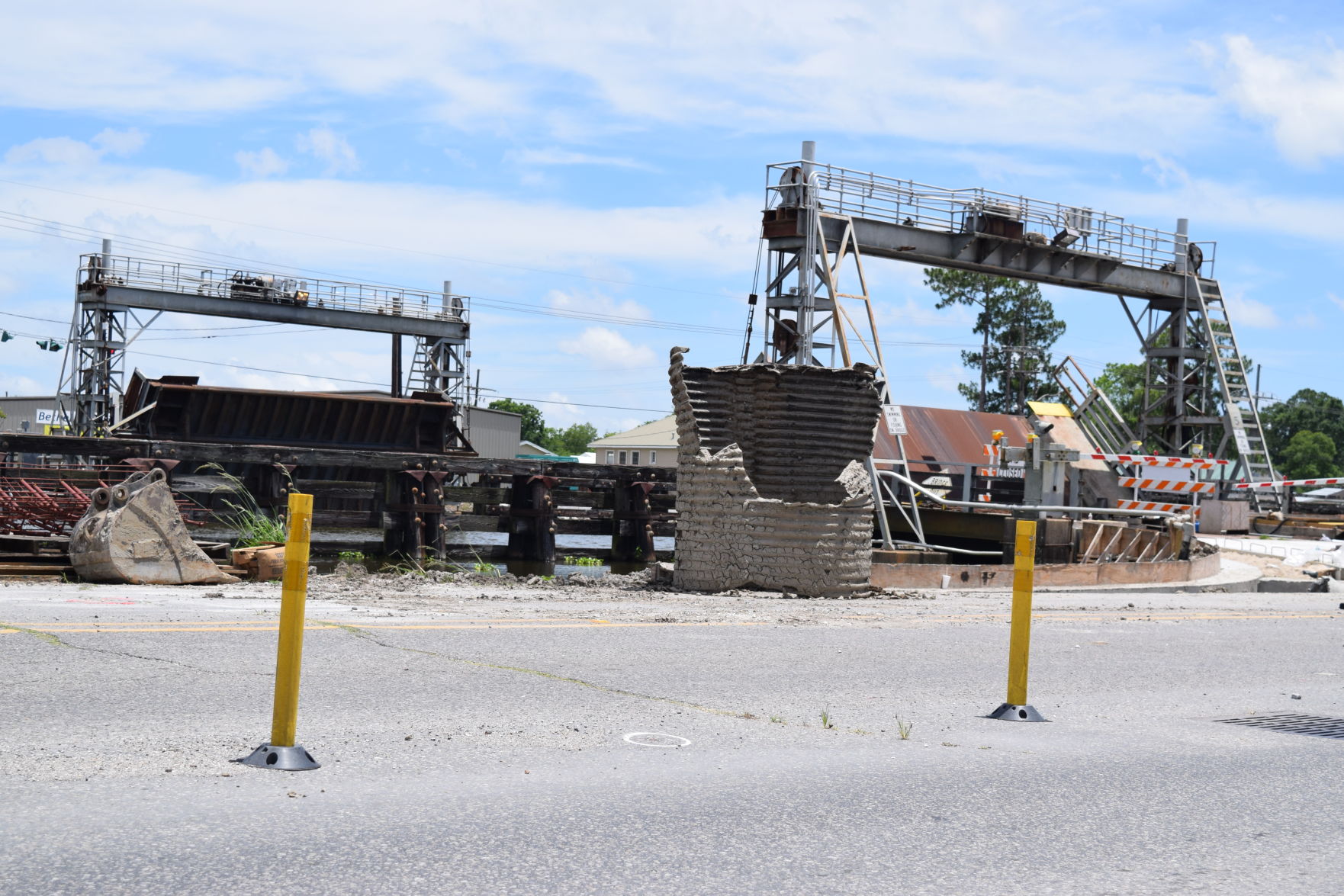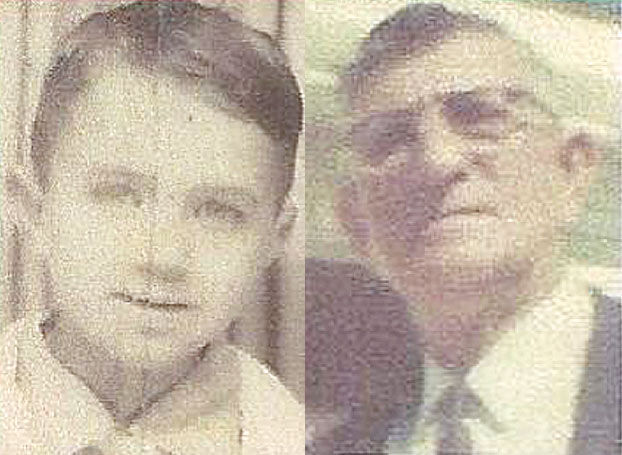
They call him Mr. Neg
July 12, 2017
Galliano Bridge nearing completion
July 12, 2017I am not really a historic columnist. I just play one for The Times, retelling stories of events, people, occasions and incidents as they occurred in my Cajun life and various undertakings, providing I deem them interesting. If not, of course, they do not become columns.
Last week, I recalled how I had heard President Roosevelt’s declaration of war live on radio on December 8, 1941. By the middle of 1942, the United States was embroiled in the most destructive war in history. I was 11 and my dad ran a Texaco Truck for his cousin, Nat Collins Sr., and he was scheduled to make a delivery to Bayou Rigaud Dock, which was controlled by the military. But he had the proper credentials and he had arranged for me to join him on this trip.
Dad loaded his truck full of 55-gallon steel drums, rolling them up a ramp and filling them with gas and oil. Even empty, they were quite a load for one person. While he was doing that, a clerk took my picture and went to Mr. Marc Picciola’s store to get it certified. Mr. Marc was one of the most respected men in Golden Meadow at the time.
He had been our State Representive since 1930 and was regarded by the population as the go-to guy for any legal situation. (He was also head of the draft board, ration board and any other boards deemed necessary by the government.)
And off we went. Dad had to be armed since his cargo was worth more than gold and he had me hold his old shotgun, which I knew was rusted and could not have been able to shoot even if loaded, which it wasn’t. This was not a movie. Here I was – 11 years old and riding shotgun on a mission of war. I was “Gabby” Hayes to Dad’s Roy Rogers.
The road to Grand Isle at that time was a shell road – tough to travel by anyone and especially a truck full of 55 gallon steel drums. I held on the dashboard for dear life.
Unknown to us, the war was not going our way and at the time, the Japanese were kicking our butts all over the Pacific. We were told that the Atlantic Ocean on our East and the Pacific on the West would protect us, but here at home, we practically had an ocean less than 20 miles away and on a windy day, we could taste the salty air. Could we be protected from that?
No. And we were headed in that direction.
In the few months of the war, Grand Isle had been fortified from the Gulf and the highway in the dark of night. Tanks, giant guns and military vehicles covered with tarpaulins by the military were moved as secretly as possible.
Dad had made many trips to the dock, but he seldom let out a peep about the military. He just told me, “you’ll see and you must keep the secret, too.” I took that as an order and my duty and I held on to the old shotgun.
As we rode by the Leeville oil field, it became apparent that many soldiers were stationed there to protect the oil wells and we had to make our first stop. After a thorough inspection and several deliveries, we were on our way, passing numerous pup tents and several more, “halt and search” stops. My eyes got wider and wider, which made Dad grin. I wasn’t grinning. Several trucks filled with soldiers ran past us as Dad kept a finger to his lip to keep reminding me it was all secret.
As we approached the Chienier Bridge, I noticed the first of several Navy balloons across the sky and the first gun emplacements and several more serious “halt and search” barricades. I really began to see how Fort Livingston had a companion, “Fortress Grand Isle” and I won’t be able to tell anyone about it. Next week, how I first heard, saw, smelled and tasted the war, first hand. Bye Now! •







